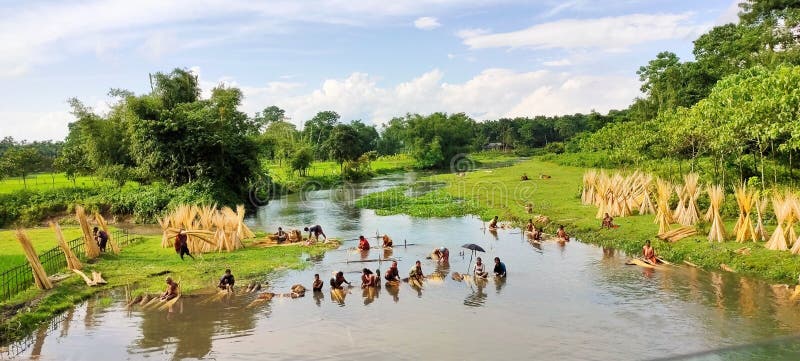Bangla Village X

The concept of a “Bangla Village” is steeped in tradition and cultural heritage, particularly in the context of Bangladesh and the Indian state of West Bengal, where the term “Bangla” refers to the Bengali language and culture. A village in this context is not just a geographic location but a vibrant tapestry of community, history, and natural beauty. Let’s delve into the essence of such a village, exploring its characteristics, the daily life of its inhabitants, and the challenges and opportunities it faces.
Introduction to Village Life
In the heart of rural Bangladesh or West Bengal, a Bangla Village is typically surrounded by lush green fields, rivers, or wetlands, providing a picturesque backdrop to the daily lives of its residents. The economy of these villages is often agrarian, with rice being the primary crop, alongside vegetables, fruits, and sometimes fishing for those near water bodies. The air is filled with the sounds of nature and the scent of fresh earth and growing crops.
Cultural Significance
The cultural significance of a Bangla Village cannot be overstated. It is here that one finds the heart of Bengali culture, with its rich traditions, festivals, and way of life. The village is a close-knit community where everyone knows each other, and social bonds are strong. Festivals like the Bengali New Year (Poila Boishakh), Durga Puja, and Eid-al-Fitr are celebrated with great enthusiasm, showcasing the religious diversity and tolerance that defines these communities.
Daily Life
Daily life in a Bangla Village begins early, with the first light of dawn. Farmers head out to their fields, while others might start their day with a visit to the local market or begin preparations for the day’s meals. The village market, or “haat,” is a crucial part of village life, where locals can buy and sell goods, from fresh produce to handicrafts. Women play a vital role in managing households, farming, and sometimes running small businesses, contributing significantly to the village economy.
Challenges Faced
Despite their beauty and cultural significance, Bangla Villages face numerous challenges. Poverty is a significant issue, with many families struggling to make ends meet. The lack of modern amenities, such as proper healthcare facilities, quality education, and employment opportunities, poses a considerable barrier to development. Climate change also affects these villages, with increasing frequencies of floods, droughts, and cyclones threatening livelihoods and homes.
Opportunities for Development
There are, however, opportunities for development and growth. Initiatives aimed at improving agricultural practices, introducing sustainable farming methods, and enhancing access to education and healthcare can significantly impact the quality of life in these villages. Microfinancing and small-scale industries can provide economic empowerment, especially for women. Moreover, preserving and promoting the cultural heritage of these villages, through tourism for instance, can offer additional income streams and incentives for conservation.
Conclusion
A Bangla Village is more than just a rural settlement; it embodies the soul of Bengali culture and tradition. Despite the challenges, the resilience and hospitality of its people, coupled with the natural beauty and cultural richness, make these villages a treasure worth preserving and supporting. As the world moves forward with modernization and urbanization, it’s essential to ensure that the essence of these villages is not lost but rather enhanced and protected for future generations.
What are the primary challenges faced by Bangla Villages?
+The primary challenges include poverty, lack of access to quality education and healthcare, and the impacts of climate change such as floods and droughts.
How can the cultural heritage of Bangla Villages be preserved?
+Cultural heritage can be preserved by promoting tourism in a sustainable manner, supporting local artisans, and documenting and teaching traditional practices and festivals to younger generations.
What role can microfinancing play in the development of Bangla Villages?
+Microfinancing can provide essential financial services to the poor, enabling them to engage in small-scale entrepreneurship and improve their economic well-being, particularly empowering women in the process.



